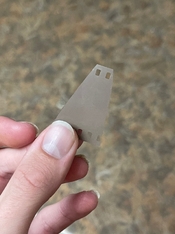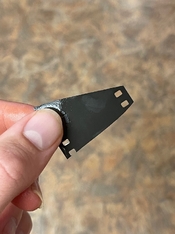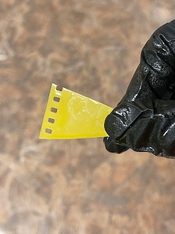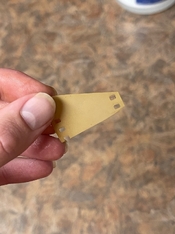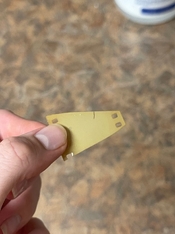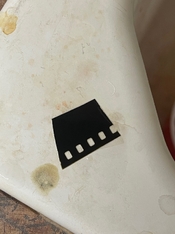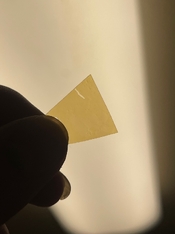dcy
Subscriber
Relax. Where did I say anything about you experimenting that warranted the above response?
I think you read my comment with a tone that I did not intend. It is difficult to convey tone of voice and body language through text. If you re-read what I wrote and imagine a "conversational" voice, I think (hope) that you will see that what I wrote was not an attack. In a similar way, I did not feel that you were attacking. You promoted an approach that threads closer to the (in relative terms) more established path of using sulfuric acid. I tried to make the case that deviating from sulfuric acid is not uncommon and there's a history of other people wanting to do so.









